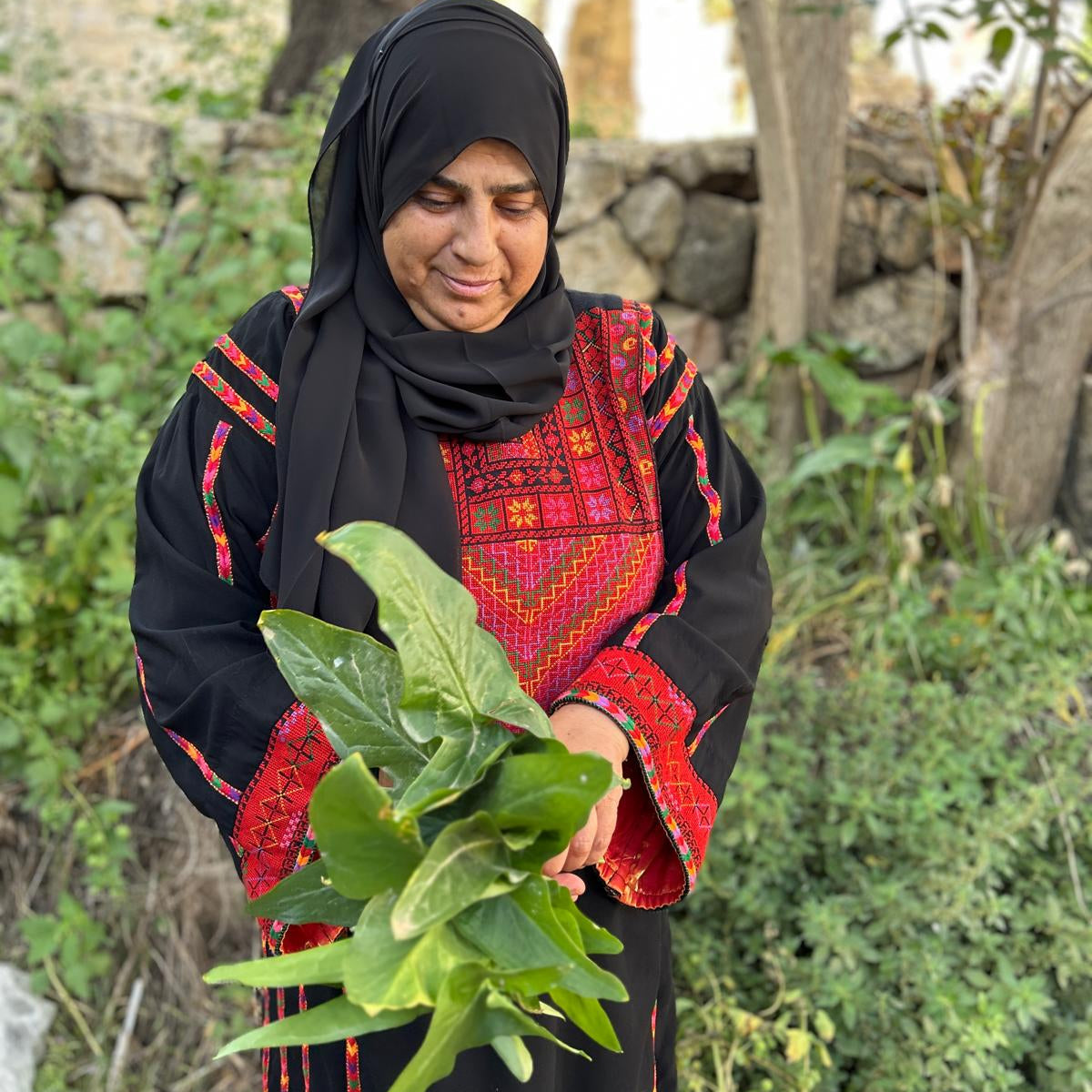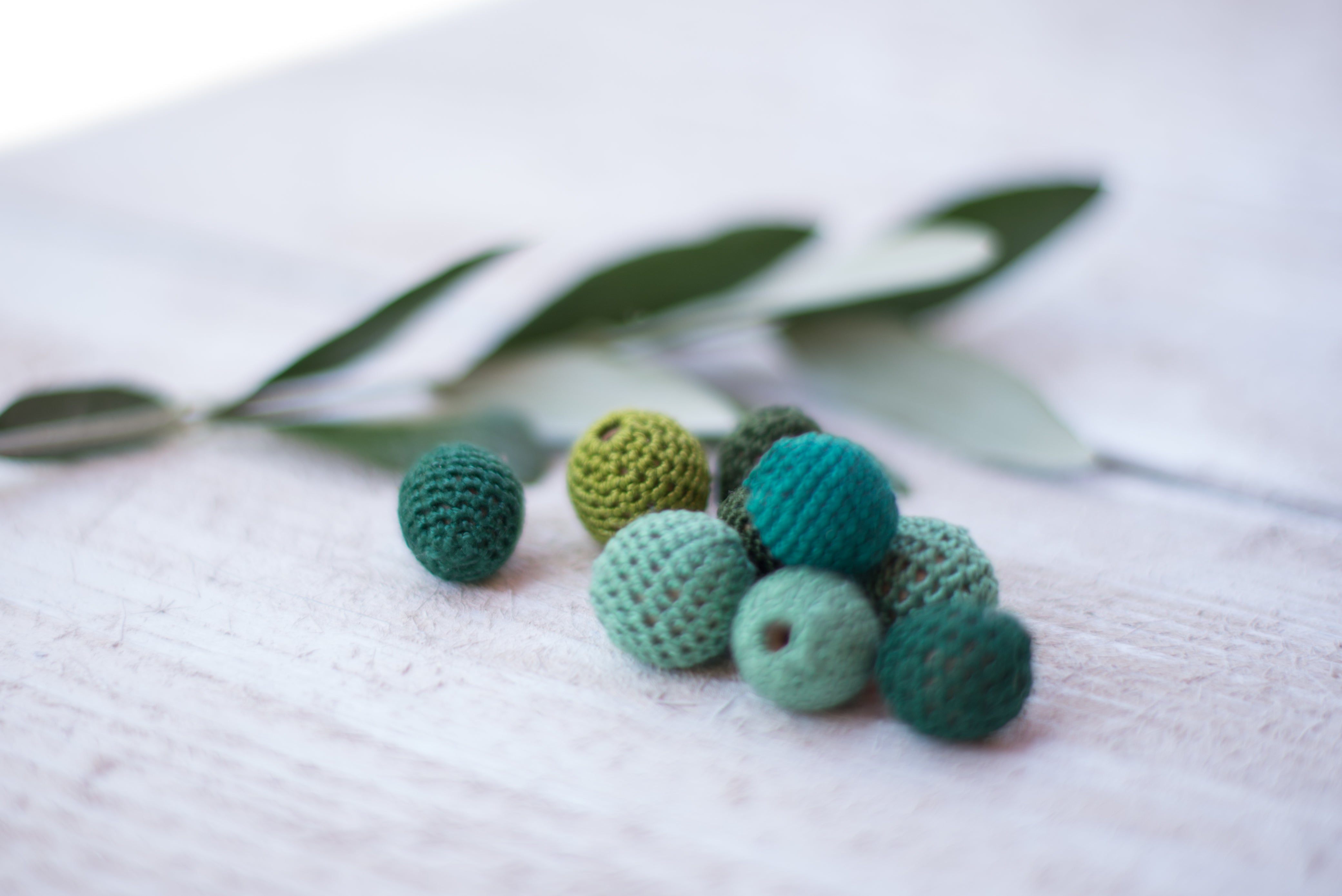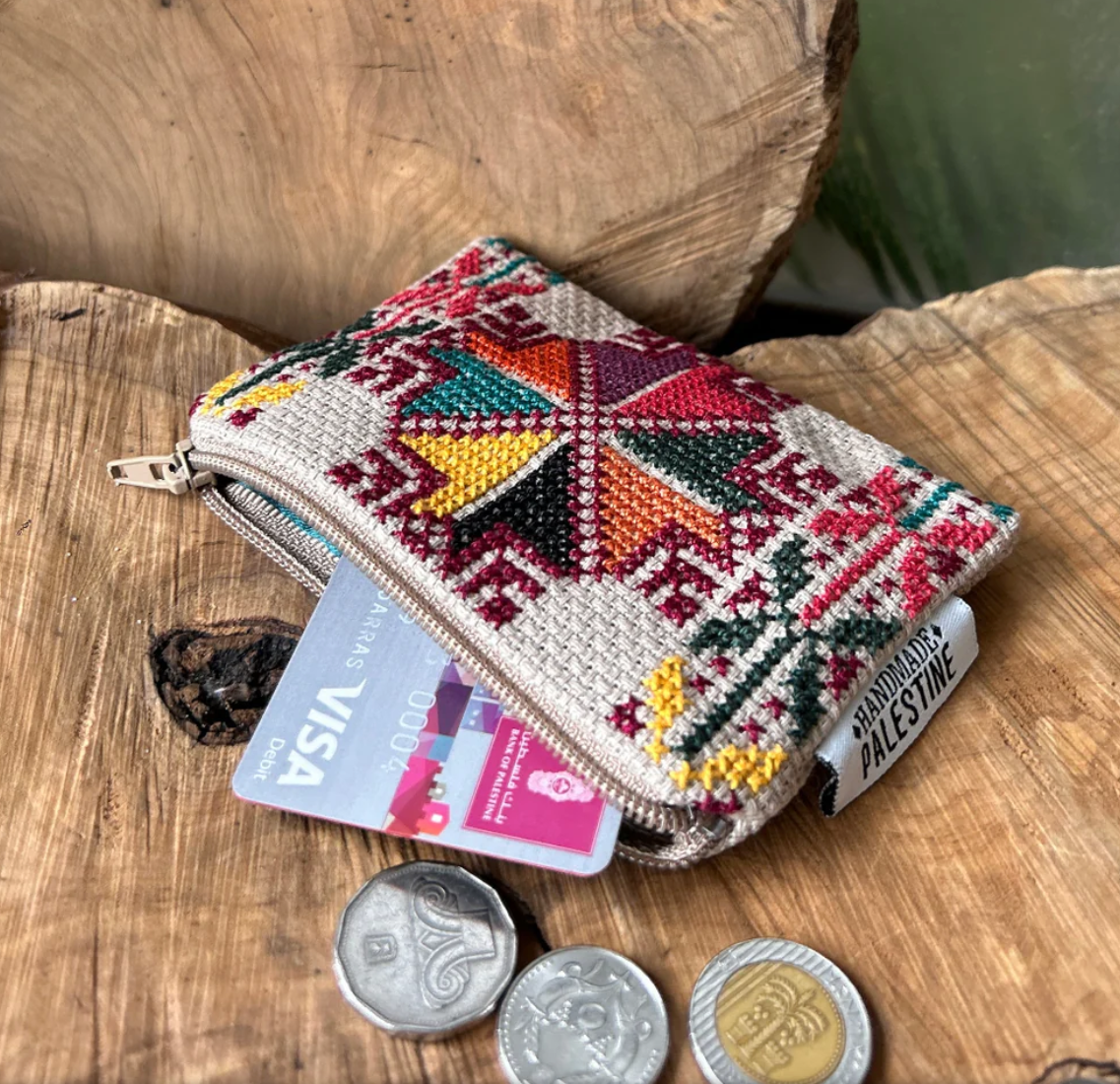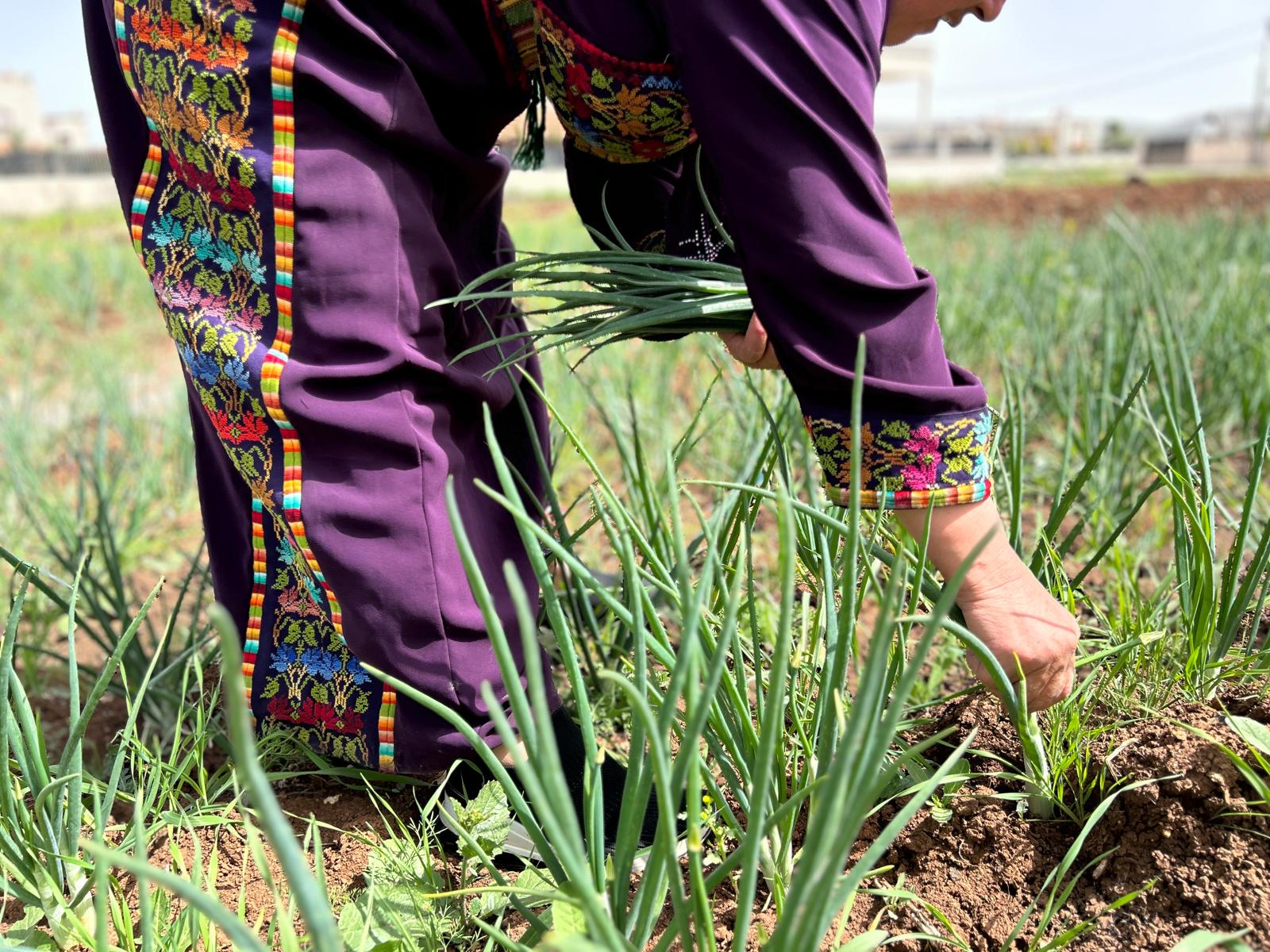
Ard Khair: Foraged Greens and the Gifts of the Land in Palestine
We're always inspired by the deep connection Palestinians have to the land — not just through crafts, but through food, memory, and tradition. One of the most beautiful examples of this connection is the ancient and still-living practice of foraging wild greens. As spring rolls in, fields and hills across Palestine come alive with edible plants that have nourished families for generations. It’s one of the many ways Palestine continues to hold onto its culture and heritage — through the land, and the food it offers us.
This is what we mean when we say Ard Khair — “land of goodness.” Because even in the face of horrific and devastating war, illegal occupation, and immense struggle, the earth still gives. And people still gather. Still cook. Still share.
What We Forage
Palestinian cuisine has always been rooted in simplicity, seasonality, and sustainability. In early spring, women head to the hills and fields to gather wild greens — often with kids in tow — picking whatever is in season:
Flowering Loof – a bitter, earthy green that must be carefully prepared.

Khubayza (Common Mallow) – soft, nutritious leaves cooked into stews or sautéed with onions

Maramiya (Wild Sage)

Waraq al-Lisan – literally “tongue leaves,” known for their distinct texture and flavor
Hindbeh (Dandelion Greens) – slightly bitter and often served with caramelized onions
These wild plants aren’t just ingredients — they are stories. They connect us to place, to ancestry, and to the land itself. Foraging is not a trend here. It’s a way of life. One that teaches respect, patience, and gratitude.
Khubayza: A Taste of Home
One of the most loved foraged greens in Palestine is Khubayza (mallow) as pictured above. This soft, spinach-like plant is packed with iron and vitamins — a humble superfood that grows wild in every corner of the country. We wanted to share a classic Palestinian recipe made with Khubayza, thanks to Nutrizonia.
Palestinian Sautéed Khubayza (by Nutrizonia)
Ingredients:
- 4 cups fresh khubayza leaves (common mallow), cleaned and chopped
- 1 large onion, finely chopped
- 3 tablespoons olive oil
- Salt to taste
- Optional: lemon juice, fresh chili, or sumac for extra flavor
Instructions:
- Heat olive oil in a pan over medium heat.
- Add the chopped onion and sauté until soft and golden.
- Add the khubayza leaves and stir until wilted.
- Sprinkle in salt and stir occasionally until the greens are fully cooked (about 10–15 minutes).
- Serve warm, drizzled with lemon juice or topped with a bit of chilli for a kick.
This dish is best enjoyed with fresh bread, some labneh or olives on the side — and good company.
Cooking as Resistance. Foraging as Memory.
In Palestine, food is more than sustenance. It’s memory. It’s resistance. It’s a way of caring for each other when so much is uncertain. Sharing foraged greens is a reminder that even in the hardest times, the land still offers us something — and that the knowledge of our grandmothers and great-grandmothers still lives on in kitchens and fields across the country.







Leave a comment
This site is protected by hCaptcha and the hCaptcha Privacy Policy and Terms of Service apply.